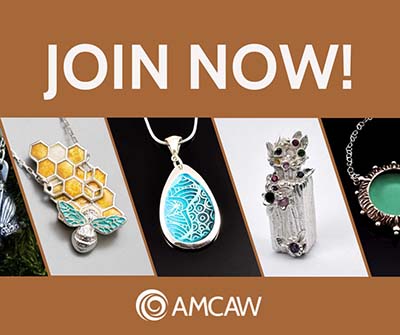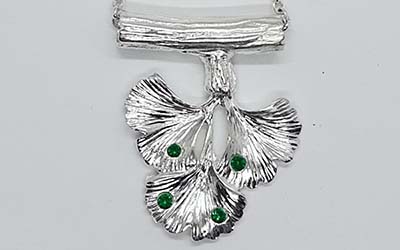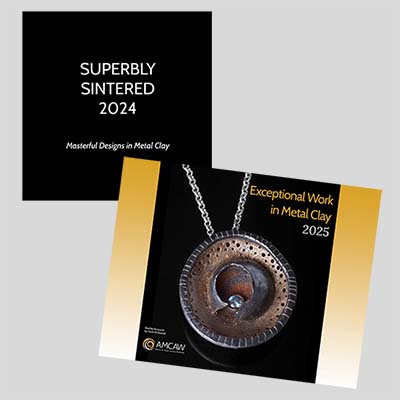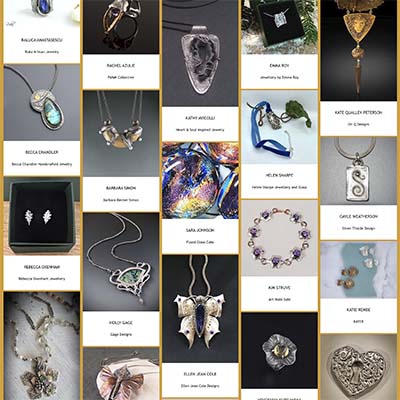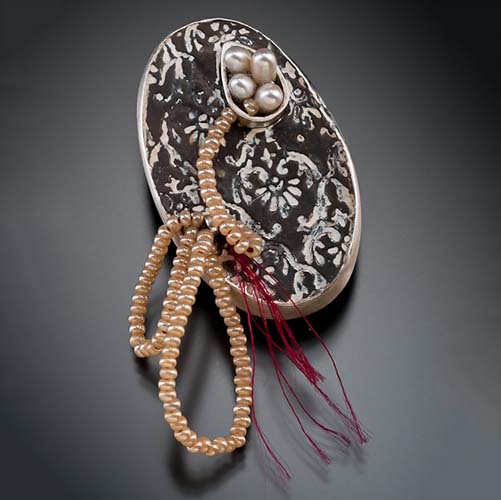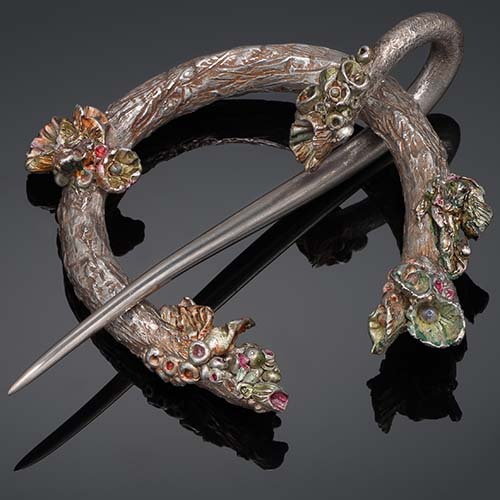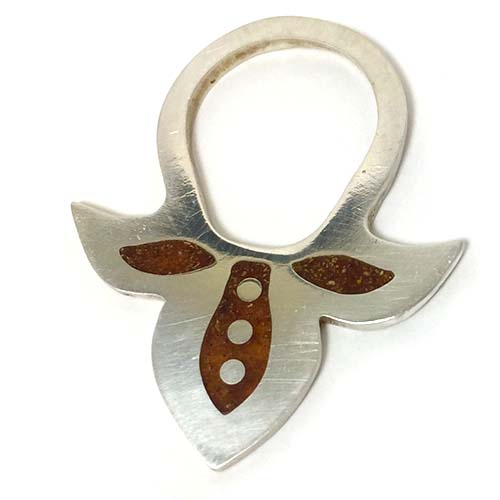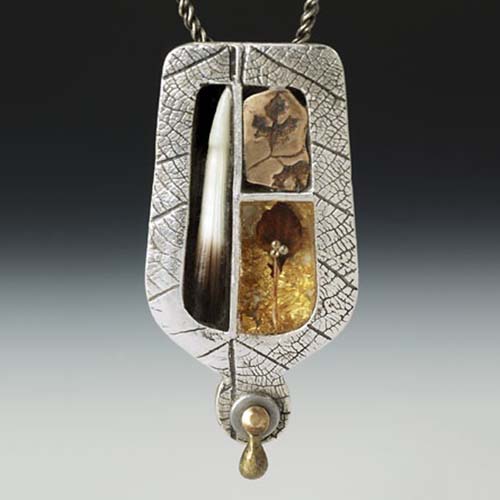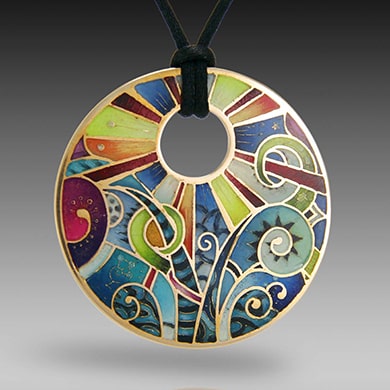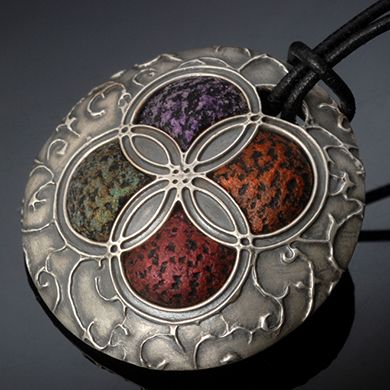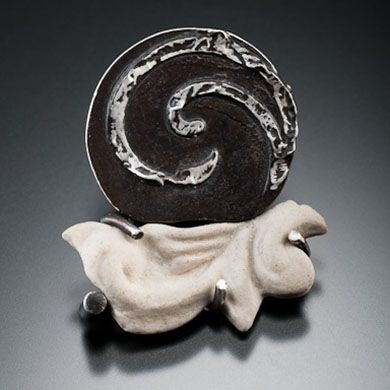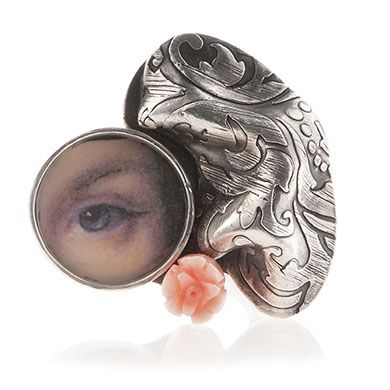4. Resin
There are several types of thermosetting resin that can be used in jewelry. Depending on the project you may choose to use a UV resin that will cure almost immediately under a light like those used in nail salons, or one that takes longer to cure in household light. Two part epoxy can also be used and is often more easily obtained from your local hardware store.
Each type of resin you can find online will have different amounts of viscosity or clarity, so read the description to make sure you buy one that cures water clear, instead of one that might yellow over time. Two part epoxy resin also has a variety of different curing times from a matter of seconds through to several hours so this can have a bearing on the type of product you choose.
Create colorful effects by embedding different objects like decorative papers, foils, photographs, flowers, leaves, feathers, glass frit, and so on. Add color to the resin by stirring in eye shadow, spices, mica powders, liquid dyes, and other types of pigments. A little goes a long way, just a drop or two will create a very colorful inlay but too much might negatively affect the way the resin cures. This is especially true if light cannot completely penetrate UV resin. A two-part epoxy resin might be a better choice if you want to create an opaque surface.
